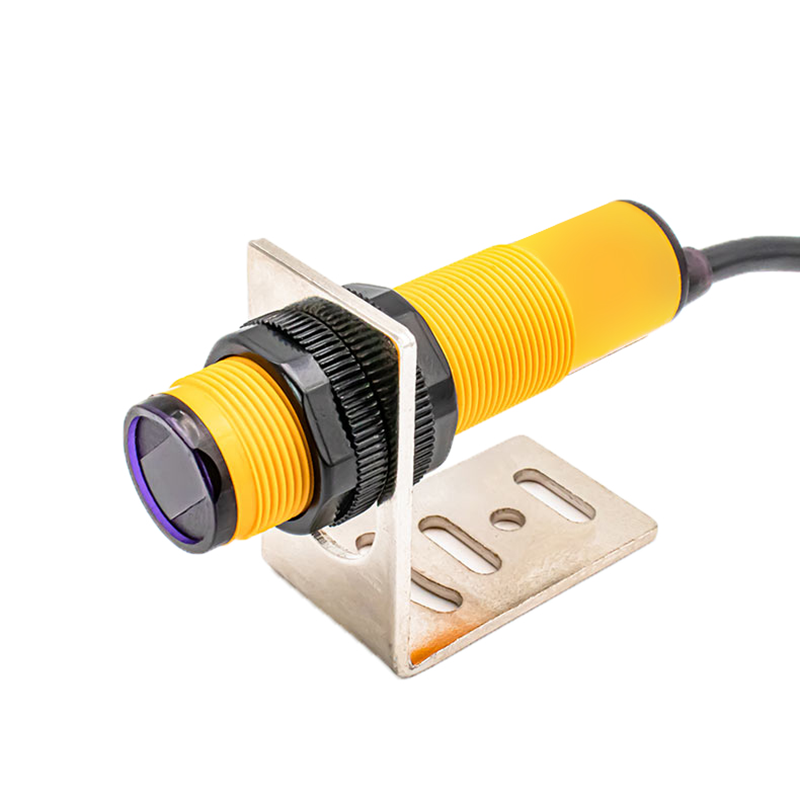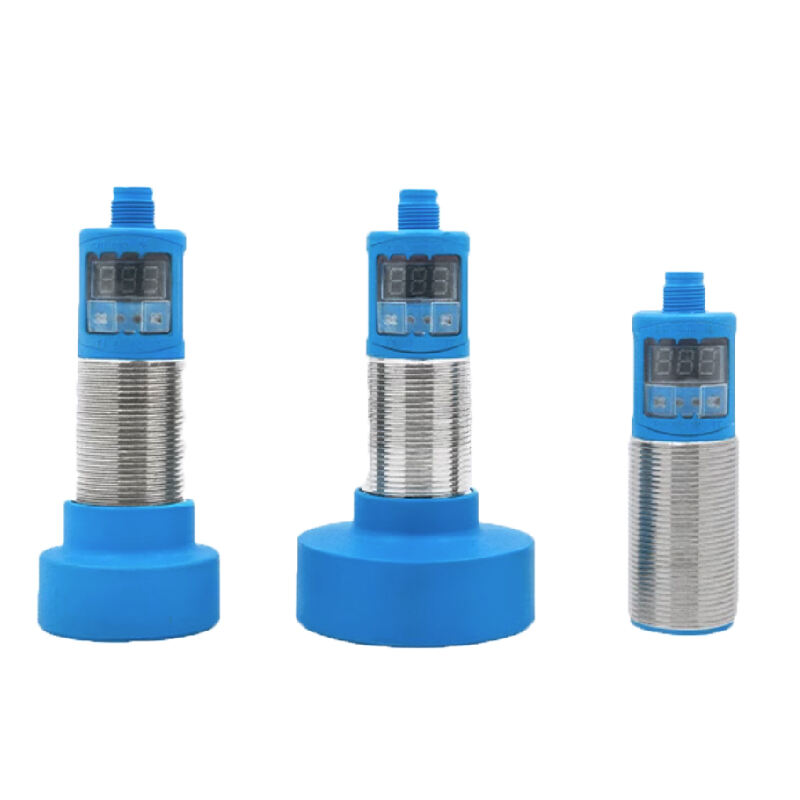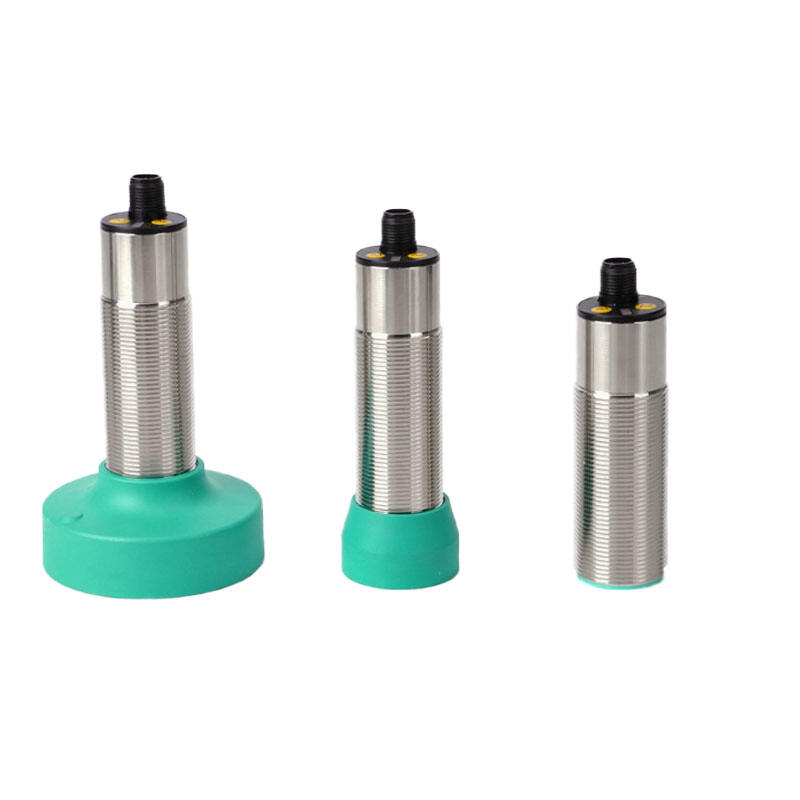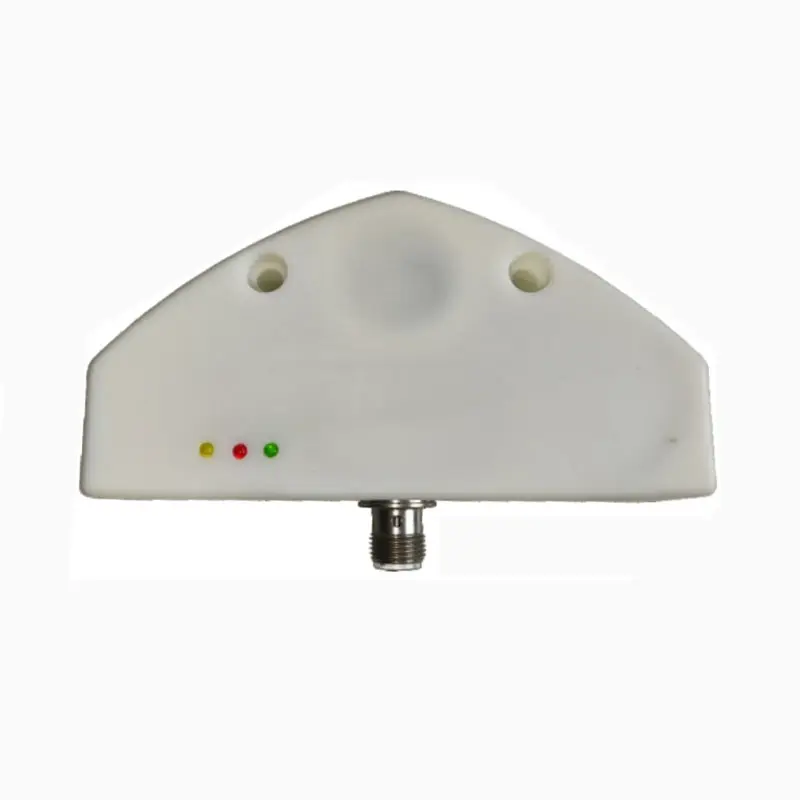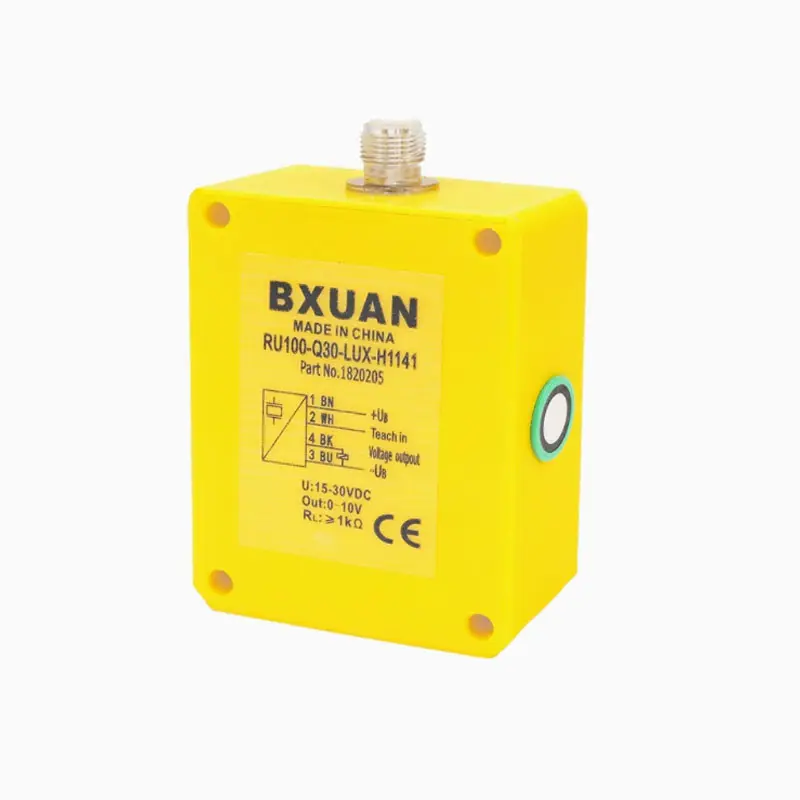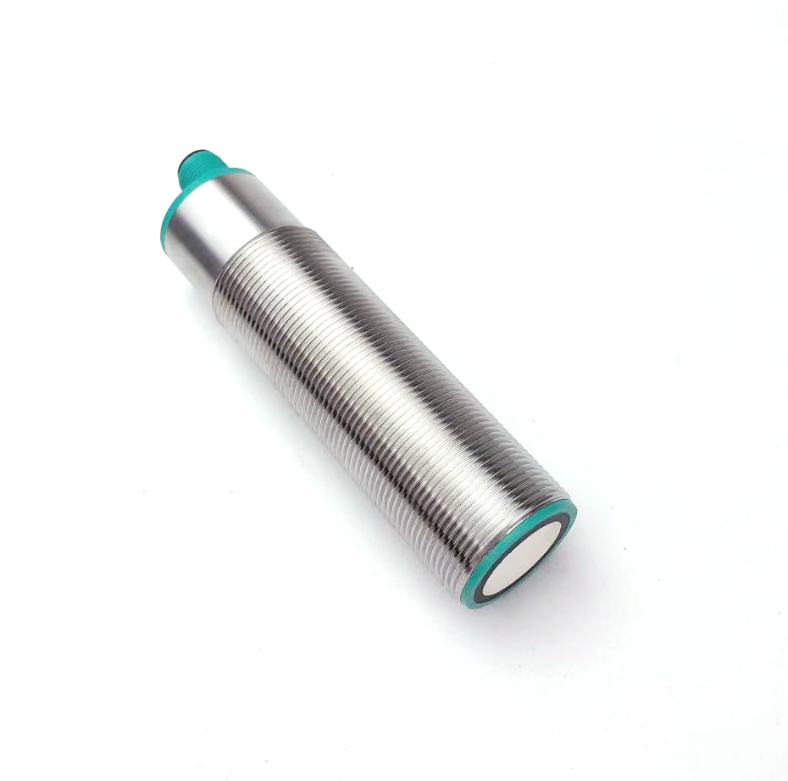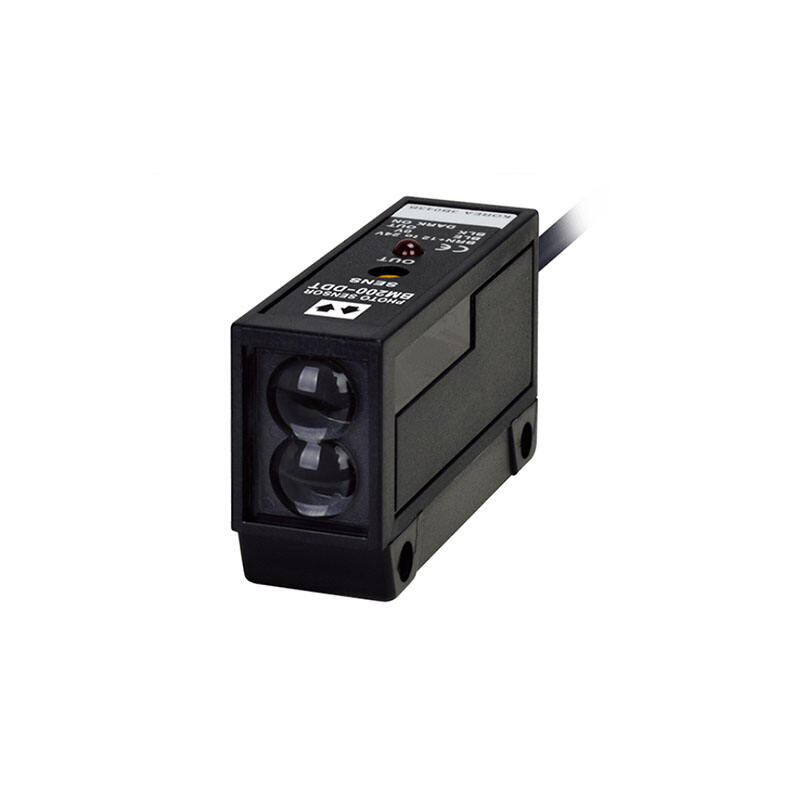kapacitivni bliski prekidac
Kapacitivni sklop za približavanje, uobičajeno poznat kao kapacitivni prox sklop, predstavlja sofisticiranu tehnologiju osjetnika koja otkriva prisutnost objekata bez fizičkog kontakta. Ovaj inovativni uređaj radi tako što generira elektrostatsko polje i prati promjene kapacitivnosti kada objekti uđu u područje detekcije. Sklop koristi naprednu elektroničku krugoteku za mjerenje ovih varijacija, omogućujući precizno otkrivanje kako metalnih tako i nemetalnih materijala. Radeći na principu kapacitivnog osjetljivosti, stvara nevidljivo područje detekcije koje reagira na različite materijale, uključujući plastiku, tekućine, prahove i metale. Uređaj ima podešive postavke osjetljivosti, što korisnicima omogućuje fino podešavanje parametara detekcije prema specifičnim zahtjevima primjene. Kapacitivni prox sklopovi izrađeni su s izdržljivim kućištima, obično ocjenjeni IP67 ili više, osiguravajući pouzdan rad u zahtjevnim industrijskim uvjetima. Ovi senzori uključuju napredne mehanizme kompenzacije temperature, održavajući dosljedan rad u različitim okolišnim uvjetima. Njihov princip rada bez kontakta znatno smanjuje habanje, čime se produžuje vijek trajanja. Savremeni kapacitivni prox sklopovi često uključuju LED indikatore za jednostavno praćenje stanja i dijagnostiku, dok neki modeli nude digitalne izlazne opcije za besprijekornu integraciju s upravljačkim sustavima.

